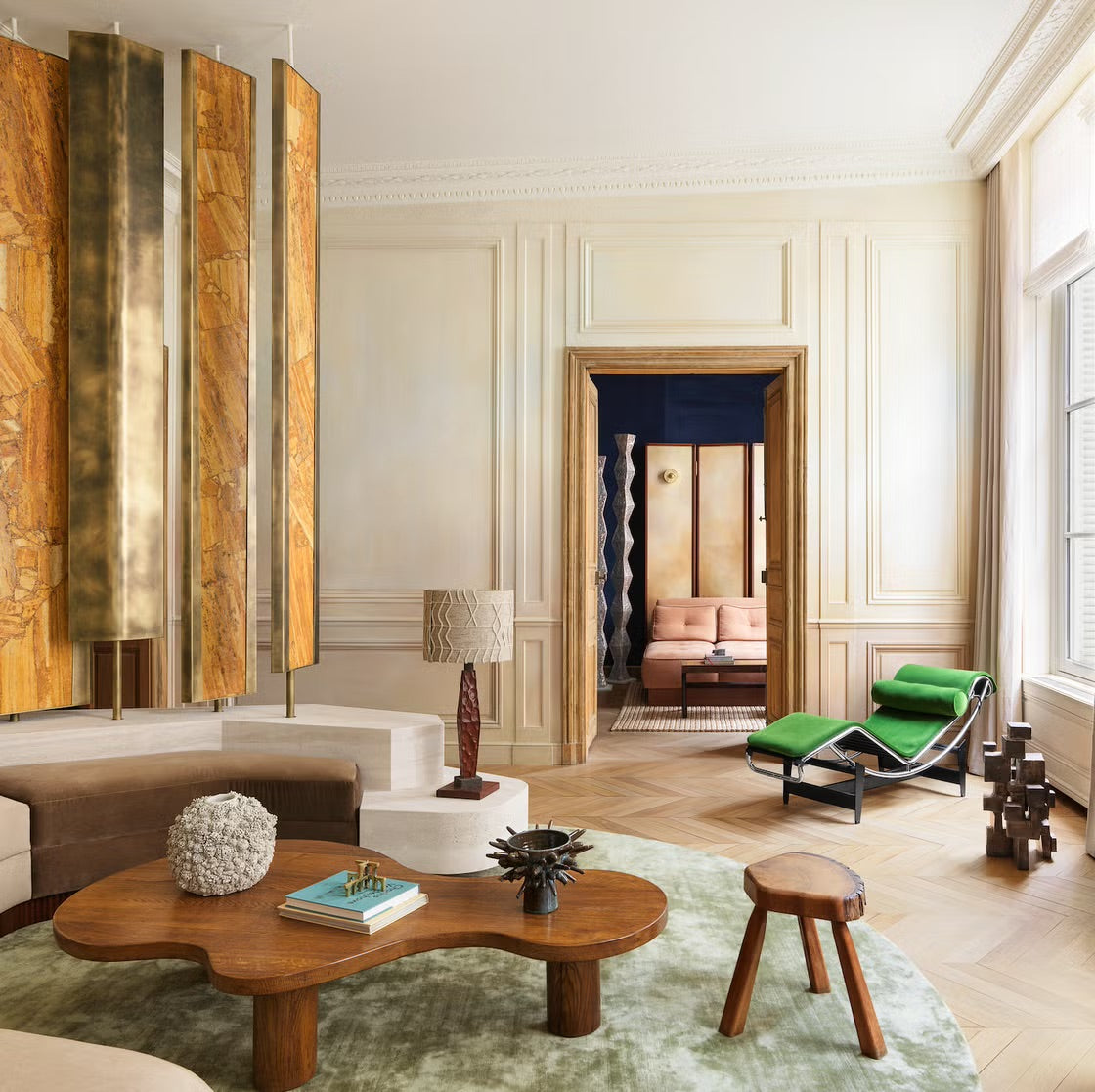
How can you design your own house
|
Time to read 3 min
Login to access your account
A singular curation of contemporary and vintage objects dedicated to your interiors
My Cart
Your Cart
Shop Online
A question?
CONTACT US
The Oblist advisors are available to answer all of your questions.
|
Time to read 3 min
Designing your own house is an exciting journey that allows you to shape a living space that reflects your personal style and meets your specific needs. Here’s a guide to help you through each step of the process, from initial planning to final touches.
Table of content
Before diving into blueprints or floor plans, imagine your dream home. Think about the style—do you prefer something modern, rustic, minimalist, or classic? Also consider the atmosphere you want to create in each space. Collect images, swatches, and materials that inspire you to develop a clear vision.
Determine your overall budget, then break it down by priority areas. For example, if you’re passionate about a gourmet kitchen or luxury bathroom, allocate more of your budget there. Make sure to include a buffer for unexpected expenses, which are common in custom home projects.
The location of your home affects everything—from sunlight exposure to the flow of space. Consider factors like the orientation of the house (which can impact heating and cooling costs) and how you want rooms to connect. Open floor plans are popular for a spacious feel, while more traditional layouts provide privacy.
Each room should cater to its purpose, enhancing the way you live. Here are some key points to consider:
Sustainable design not only reduces environmental impact but also lowers utility bills. Incorporate energy-efficient windows, solar panels, and smart thermostats, which make heating, cooling, and lighting more efficient.
Invest in durable materials that stand the test of time, both in functionality and aesthetics. Hardwood floors, marble countertops, and natural stone give a sophisticated feel. Quality is crucial, especially for high-use areas like kitchens and bathrooms.
Lighting sets the tone and can drastically change the feel of a space. Use a mix of natural, ambient, task, and accent lighting. Large windows can bring in natural light, while strategically placed sconces, chandeliers, and recessed lights create an elegant ambiance.
Color affects mood. For example:
Personalizing your space makes it feel like home. Whether it’s family heirlooms, art pieces, or unique furniture, incorporate items that tell your story. Custom cabinetry, handpicked finishes, and tailored design details add luxury and uniqueness to your house.
While it’s exciting to design yourself, consulting with an architect, interior designer, or contractor can ensure your vision is achievable. They can help bring your ideas to life while managing logistics and structural considerations.
For small spaces, open floor plans maximize usable space by minimizing walls. Multi-functional furniture and built-in storage also help make small areas more functional and spacious.
Start by considering the room's purpose. Use soft, calming colors in bedrooms, energizing colors in social spaces, and neutrals in living areas. You can always add accent colors through décor.
Key elements include energy-efficient windows, high-quality insulation, sustainable materials, and energy-saving appliances. Solar power and water-saving fixtures are also excellent additions.
Focus on a few high-impact areas, like lighting, finishes, or a feature wall. Quality over quantity can make a few luxury elements feel more impactful than trying to cover every area.
Choose classic materials like wood, marble, and neutral colors. Avoid overly trendy designs, focusing on elements that have lasting appeal and can evolve with changing décor.